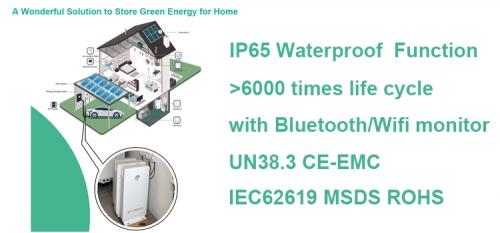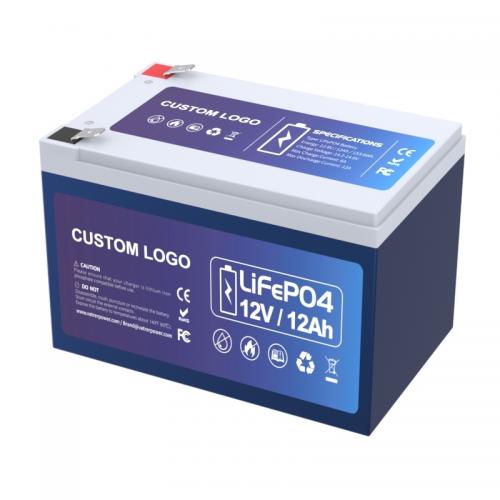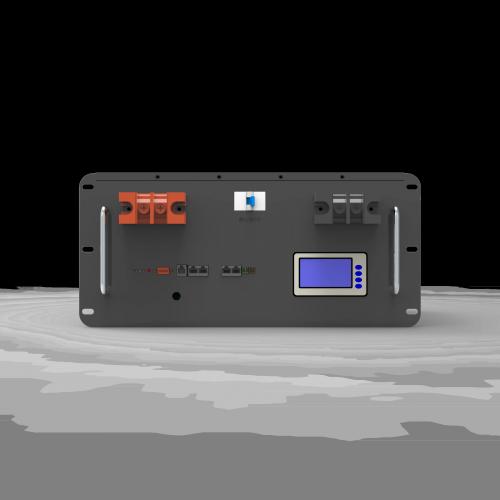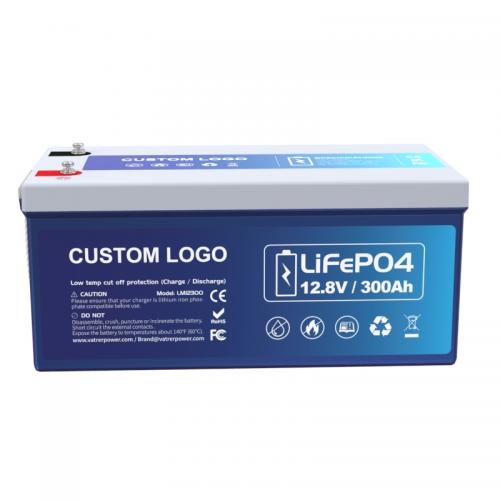What is the problem with LiFePO4 batteries?

Lithium Iron Phosphate (LiFePO4) batteries have gained significant attention in recent years due to their promising attributes, particularly in the context of renewable energy storage, electric vehicles, and various electronic applications. These batteries are often praised for their safety, long life cycle, and environmental friendliness. However, like any technology, LiFePO4 batteries come with their own set of challenges and limitations that need to be addressed. Understanding these problems is crucial for consumers, manufacturers, and researchers as they navigate the complexities of battery technology and its applications.
One of the primary issues with LiFePO4 batteries is their lower energy density compared to other lithium-ion batteries. Energy density refers to the amount of energy stored in a battery relative to its weight or volume. LiFePO4 batteries typically have an energy density ranging from 90 to 120 Wh/kg, which is significantly lower than that of lithium cobalt oxide (LiCoO2) batteries, which can reach up to 150-200 Wh/kg. This lower energy density means that LiFePO4 batteries are heavier and bulkier for the same amount of stored energy, which can be a disadvantage in applications where space and weight are critical factors, such as electric vehicles and portable electronics.
Another challenge associated with LiFePO4 batteries is their performance at low temperatures. These batteries tend to exhibit reduced efficiency and capacity retention when operating in cold environments. The electrochemical reactions within the battery slow down at lower temperatures, leading to decreased power output and longer charging times. This characteristic can be problematic for applications in regions with cold climates or for devices that are frequently exposed to low temperatures. Manufacturers are actively researching ways to improve the low-temperature performance of LiFePO4 batteries, but it remains a significant hurdle.
The cost of production is another concern with LiFePO4 batteries. While the materials used in these batteries, such as iron and phosphate, are generally abundant and less expensive than those used in other lithium-ion batteries, the manufacturing process can be complex and costly. The production of LiFePO4 cathodes requires precise control over particle size and distribution, which can increase manufacturing costs. Additionally, the need for specialized equipment and processes to ensure quality and consistency further contributes to the overall cost. As a result, LiFePO4 batteries may be less economically viable for certain applications compared to other battery types.
Cycle life and charging speed are often highlighted as advantages of LiFePO4 batteries, but they can also present challenges. While these batteries can endure a large number of charge-discharge cycles, typically ranging from 2,000 to 7,000 cycles, the actual cycle life can vary significantly depending on usage patterns, charging protocols, and environmental conditions. Fast charging, while possible, can accelerate degradation if not managed properly, leading to reduced cycle life. Users must balance the desire for rapid charging with the need to maintain battery longevity, which can be a complex task requiring careful management and monitoring.
Safety is a notable advantage of LiFePO4 batteries, as they are less prone to thermal runaway and fires compared to other lithium-ion batteries. However, safety concerns still exist, particularly in cases of improper handling, manufacturing defects, or external damage. While LiFePO4 batteries are generally safer, they are not immune to risks, and users must adhere to proper handling and charging protocols to minimize potential hazards. This includes using compatible chargers, avoiding overcharging, and ensuring that batteries are stored and operated within recommended temperature ranges.
Environmental impact is another area where LiFePO4 batteries present both benefits and challenges. On the positive side, these batteries do not contain cobalt, which is associated with ethical and environmental concerns due to mining practices. However, the disposal and recycling of LiFePO4 batteries still pose environmental challenges. While they are less toxic than some other battery types, the recycling process can be complex and requires specialized facilities to recover valuable materials. As the adoption of LiFePO4 batteries increases, developing efficient recycling methods will be crucial to minimizing their environmental footprint.
In summary, LiFePO4 batteries offer numerous advantages, including safety, long cycle life, and environmental friendliness, making them an attractive choice for many applications. However, they are not without their challenges. Lower energy density, performance issues at low temperatures, production costs, cycle life management, safety concerns, and recycling complexities are all factors that need to be considered when evaluating the suitability of LiFePO4 batteries for specific applications. As technology advances, ongoing research and development efforts are likely to address these challenges, paving the way for broader adoption and optimization of LiFePO4 batteries in various sectors. For consumers and manufacturers, understanding these issues is key to making informed decisions and maximizing the benefits of this promising battery technology.

 Afrikaans
Afrikaans Čeština
Čeština Dansk
Dansk Deutsch
Deutsch Español
Español Francais
Francais Italiano
Italiano Magyar
Magyar Nederlands
Nederlands Norsk
Norsk Polski
Polski Português
Português Română
Română Slovák
Slovák Suomi
Suomi Svenska
Svenska Tiếng Việt
Tiếng Việt Türk dili
Türk dili Ελλάδα
Ελλάδα Русский
Русский اللغة العربية
اللغة العربية แบบไทย
แบบไทย 中文繁體
中文繁體 日本語
日本語 한국인
한국인







